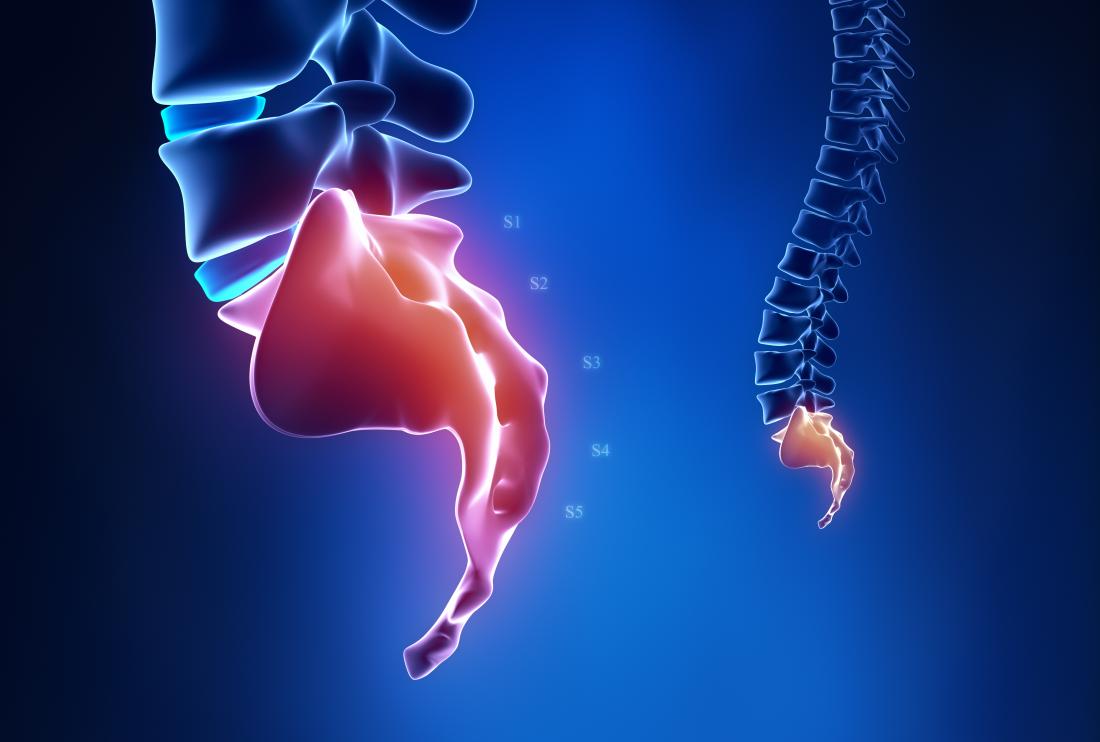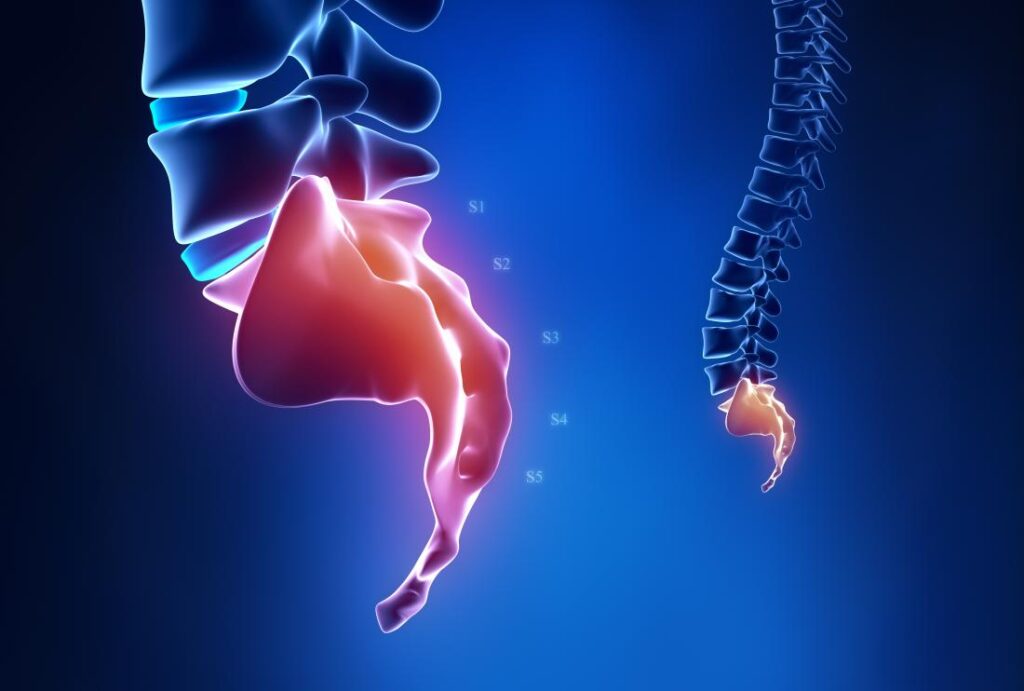Tailbone pain is a “dull and achy” type that you can get from falling on your back, sitting too long on a narrow or hard surface, and degenerative joint changes. Women may also experience it after vaginal childbirth.
Although tailbone pain is tolerable to some degree, that doesn’t mean it can’t hinder you from performing certain activities. Sitting or lying down, particularly on the “wrong” surface, can exacerbate this kind of pain.
That said, it’s vital to manage the pain on your tailbone properly until it eventually leaves your body in a few short weeks or months.
So, what methods should you employ to cope better with your hurting coccyx? These are what we’ll discuss today to help ensure that your tailbone pain makes the least amount of impact on your daily life.
What Is Tailbone Pain?
At the base of your spine, sitting just above the buttocks, is the tailbone. It’s a small, multisegmented bone that stabilizes your body when you sit. It’s also where a number of tendons, ligaments, and muscles run through.
Medically, the tailbone is called the “coccyx”, which is derived from the Greek word “cuckoo”. This has a lot to do with the fact that the tailbone strongly resembles a bird beak.
Coccydynia is the medical term for tailbone pain. In some cases, it can be mild, and in others, it can get really intense. Sitting down, standing up from a sitting position, and leaning back on a chair typically increases the pain levels.
Activities like sexual intercourse and defecation may also lead to soreness. Women may also experience some discomfort during their monthly period. Then, there are times when the pain shoots toward your lower extremities. In cases like these, you’re advised to walk around to ease the pressure and discomfort on your tailbone.
How to Deal With Tailbone Pain
If your tailbone has been bothering you lately, here are some ways you can deal with it:
1. Consult a Doctor
Tailbone pain usually isn’t serious, but it can indicate an injury, or in extremely rare cases, cancer. It can also turn severe and last for more than a couple of days in certain situations.
That said, if your hurt tailbone starts disrupting your everyday life, see your doctor. You can get an MRI or an X-ray scan to see if there are signs of injury. In this way, you’ll also be made aware of the possible problems with your coccyx from every angle.
Your physician can also feel around your lower spine for any growth abnormalities that may be pressing on your tailbone.
2. Take Over-the-Counter Medications
It’s true that Coccydynia usually goes away on its own after a few weeks. Still, in some situations, the pain can last for months. To effectively handle the pain in case it lasts too long, take OTC NSAIDs or nonsteroidal anti-inflammatory drugs that you can purchase over the counter.
Some OTC medications you can take for tailbone pain are:
- Acetaminophen
- Ibuprofen
- Naproxen
If the pain gets too intense, though, it’s best to head to the doctor’s clinic. Here you can be administered either a nerve block, steroid medicine, or local anesthetic. Some patients even opt for a steroid and anesthetic injection.
As far as doctor-prescribed oral medications go, you can take an anti-seizure medicine or antidepressant to relieve the pain.
Whatever options you’re considering for treatment, make sure to discuss them with your doctor.
3. Sit the “Right” Way
When it comes to managing back pain, the way people sit also matters. Assume the right posture while sitting, so you don’t put extra pressure on your tailbone. That means sitting down with your back against the chair and your feet level with the floor surface. Leaning forward while sitting down also helps.
What To Sit on If Your Tailbone Hurts
If your tailbone is hurting, sitting on a doughnut or V-shaped pillow or a coccyx cushion would significantly help relieve your tailbone pain. These cushions have holes in their center that help relieve pressure and pain in the sensitive area. Sitting on an ice pack or heating pad can also ease your discomfort considerably.
You can also opt to get a massage, one of the most relaxing ways to relieve pressure on your coccyx.
Summary
Tailbone pain or Coccydynia might not be serious most of the time, but this doesn’t mean you shouldn’t have it checked. The fact that there’s a chance it could be a tumor pressing on your coccyx or a bone fracture causing the pain means seeing a doctor should be your first course of action.
Your physician is also the best person to discuss treatment and pain management options. By working together, you’ll discover the best ways to address your tailbone pain at home so that it makes a minimal impact on your daily life.

